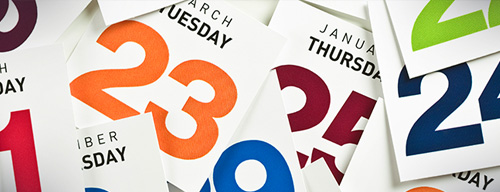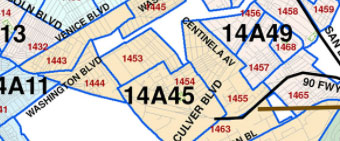- Board of Officers +
- Committees +
-
Calendar
-
News
-
Agenda Requests
- Resources +
-
Gallery
-
Contact
- Board of Officers
- Committees
-
Calendar
-
News
-
Agenda Requests
- Resources
-
Gallery
-
Contact



